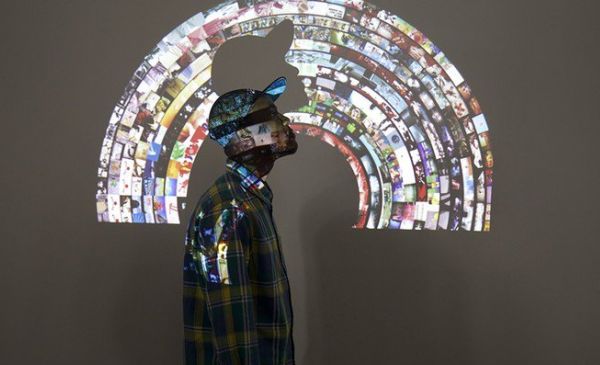It’s important to realize why the world of marketing is disruptive at this point of the 21st Century.
We’ve reached a certain convergence where everyday people have control of media, content, conversations and decision-making journeys once defined solely by brands. This new era requires collaboration between brand and consumer and yet most brands seem tone deaf to the change upon them, thinking if they only shout louder they will matter more.
One way they do this and have been doing this for more than 100 years is through the vessel known as advertising. Yet, ads are simply one way to reach people in and are clearly seen as a hostile enemy based on the rise of ad blockers and premium subscription models that remove ads altogether.
We then have the camp of marketers who feel automation is the answer. Programmatic advertising after all allows messages to scale, but does that help when people don’t want to be interrupted to consume content?
Maybe the term disruptive should be applied to all of the things we’ve held to be true in the world of branding the last ten decades. Most of it we assume works, but a lot of it is noise.
What we as brand marketers really need to understand is that disruption in marketing doesn’t have a concrete meaning because it is always based on the context of the world around us. That context changes. At one time the transistor radios were an amazing technology because a radio could become transported and portable. Now transistors are an antiquated form of technology. If we apply this logic to marketing, what we perceived at one time to be highly valuable: TV, radio, newspaper, email, banner ads may be to marketing as the transistor radio was to technology. Antiquated.
So, what is the definition of disruptive marketing? I think these three bullet points help define what it is currently in an ever-changing world of reshaped behavior and remixed content, where businesses that once survived 100 years are more likely to last only 16 years at most and where consumers want more relationships and innovation from brands yet still suffer through 30 second advertisements.
1. Disruptive Marketing Is Rooted In Creative Disruption And Disruptive Innovation
Creative disruption is doing things in the creative process differently from before. Disruptive innovation is an advance that helps create a new market that eventually topples an existing market, displacing an earlier technology. There are many examples of disruptive innovation in the history of technology: the transistor radio (which displaced high-fidelity players), mini steel mills (which displaced vertically integrated steel mills), ultrasound (which displaced radiography), downloadable digital media (Which displaced physical products like CDs and DVDs/Blu-Rays), and Wikipedia (which displaced printed encyclopedias). When we talk about disruptive marketing, we mean the act of crafting brand strategy differently from how it was previously created.
2. Disruptive Marketing Focuses On Design
The goal of disruptive marketing is the future state. It’s not that the present state is bad for certain brands, but customers are more demanding and have more abundance of choice. As a result, service isn’t the only factor in the equation for how people judge brands. Most of them now take into account both service and products in addition to how those products get better via sustaining and/or disruptive innovation. The majority of brands that are thought of as the defining brands of the disruptive era are those that place design at the center of user experience. How are the products/services/solutions designed? How is a customer’s interaction with a brand designed? These are questions that are answered based on where a brand wants to be.
3. Disruptive Marketing Embraces Unusual Behavior
Many brand strategies are mistakenly designed for linear journeys with the hopes that people will make rational decisions. Disruptive marketers look for what people are missing in their lives in order to discover a better way of reaching them. They also look for unusual signals from customer data and question what is causing those outliers. One of the best examples of this was a quick service restaurant that noted they sold more milkshakes between 7am and 9am than at any other time of the day. Instead of shrugging their shoulders and accepting the data and enjoying the revenue, the marketers dove deeper and realized this customer misbehavior existed because people were driving to work and didn’t want to have to eat food with both hands while they drove. By embracing this behavior instead of reneging it, this Quick Service Restaurant could adapt its menu to be more suitable to its patronage (customer-centric) rather than simply pushing their own agenda or narrative.
Learn how to keep your brand relevant in the 21st Century in my new book Disruptive Marketing.
Don’t let the future leave you behind. Join us in Hollywood, California for Brand Leadership in the Age of Disruption, our 5th annual competitive-learning event designed around brand strategy.
The Blake Project Can Help: Disruptive Brand Strategy Workshop
Branding Strategy Insider is a service of The Blake Project: A strategic brand consultancy specializing in Brand Research, Brand Strategy, Brand Licensing and Brand Education




